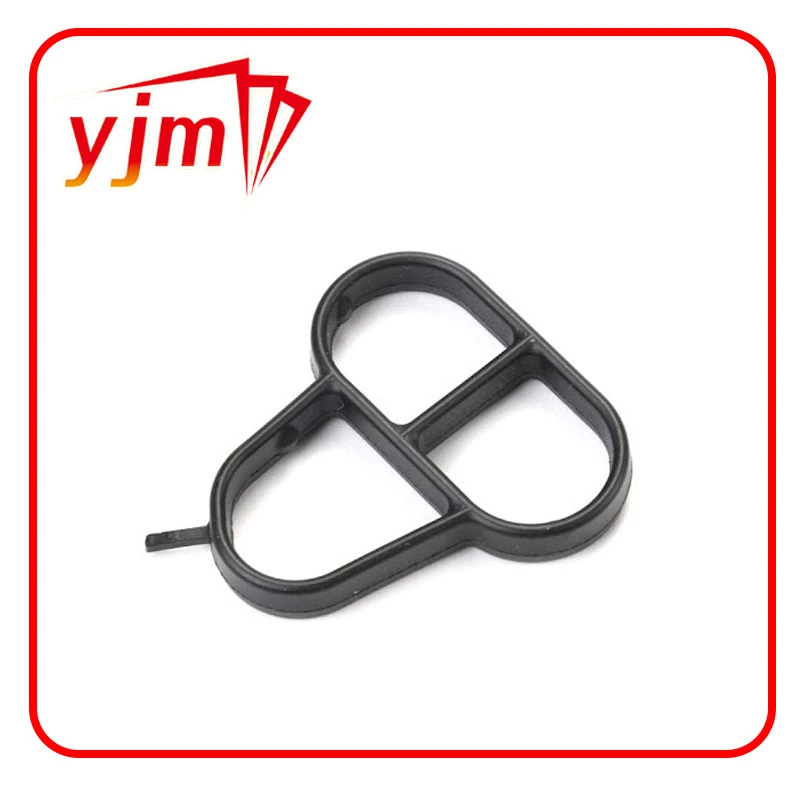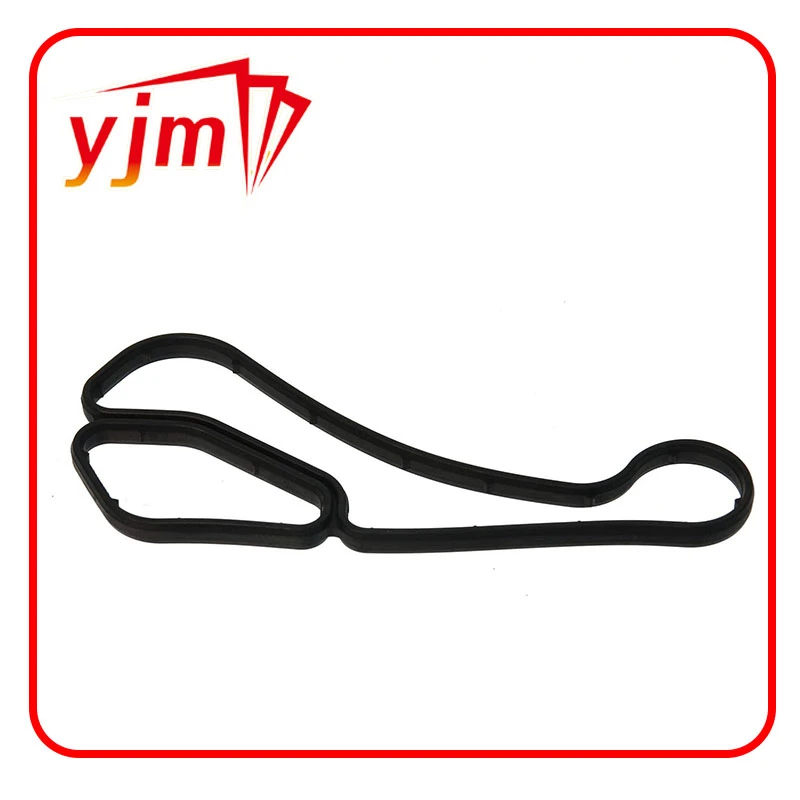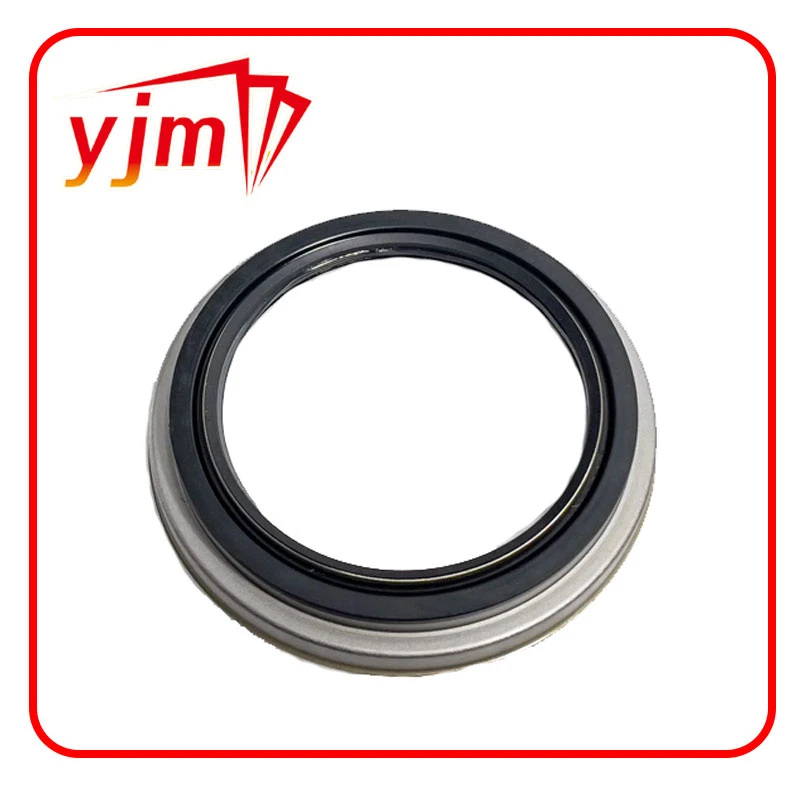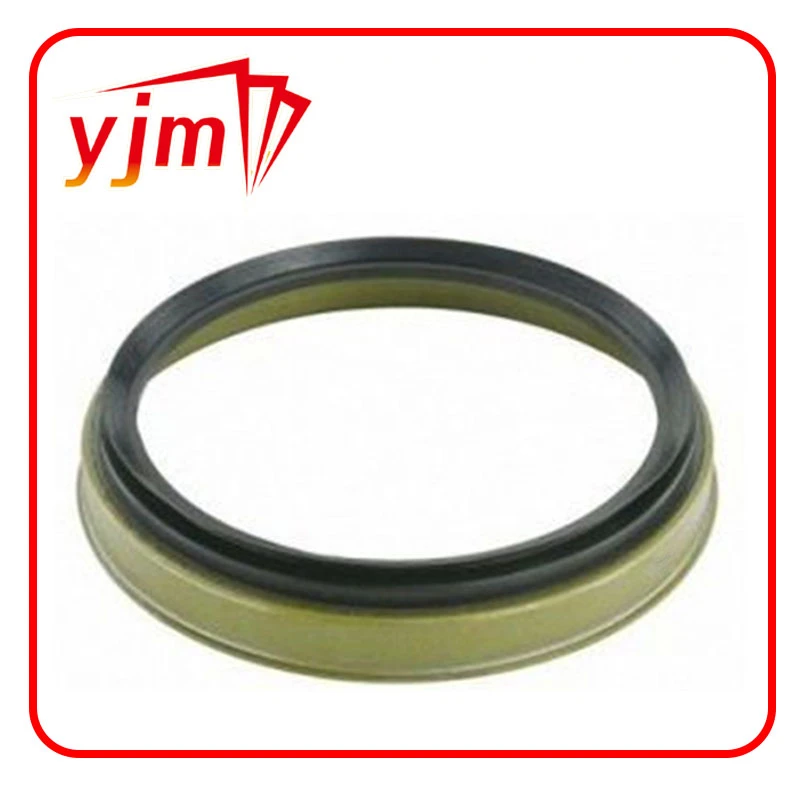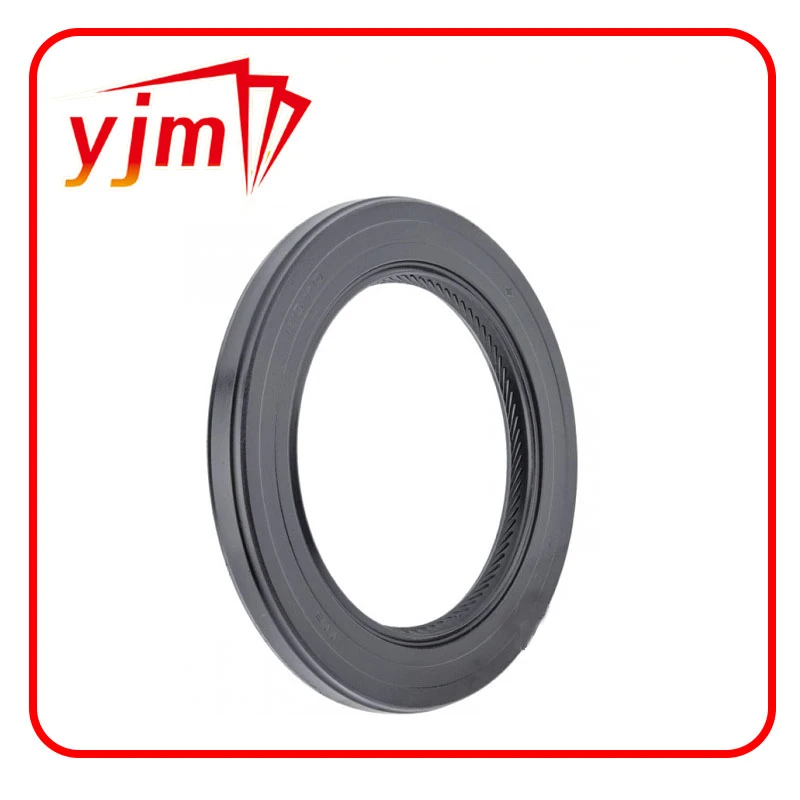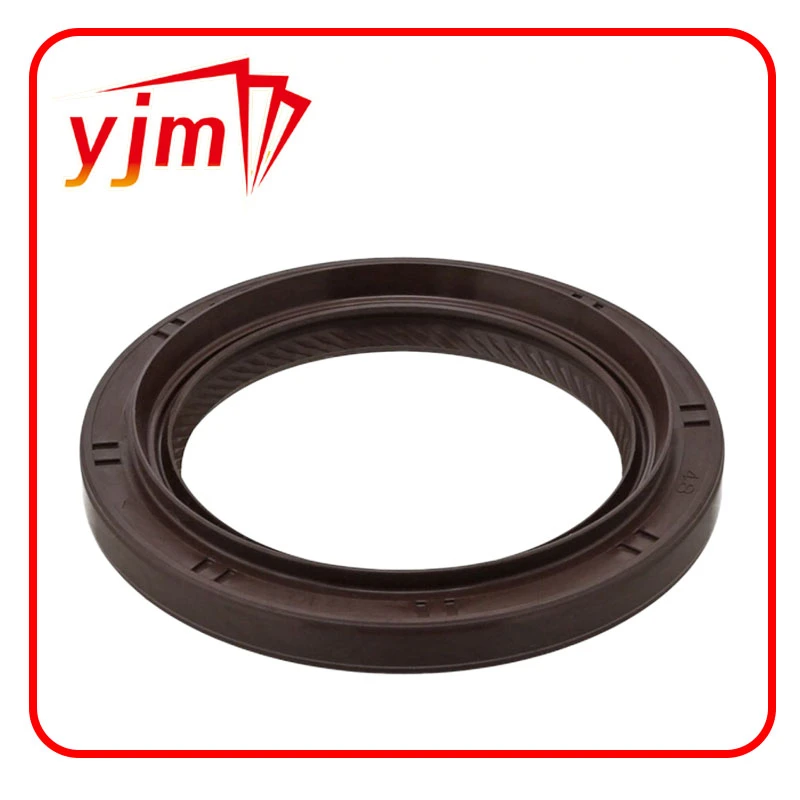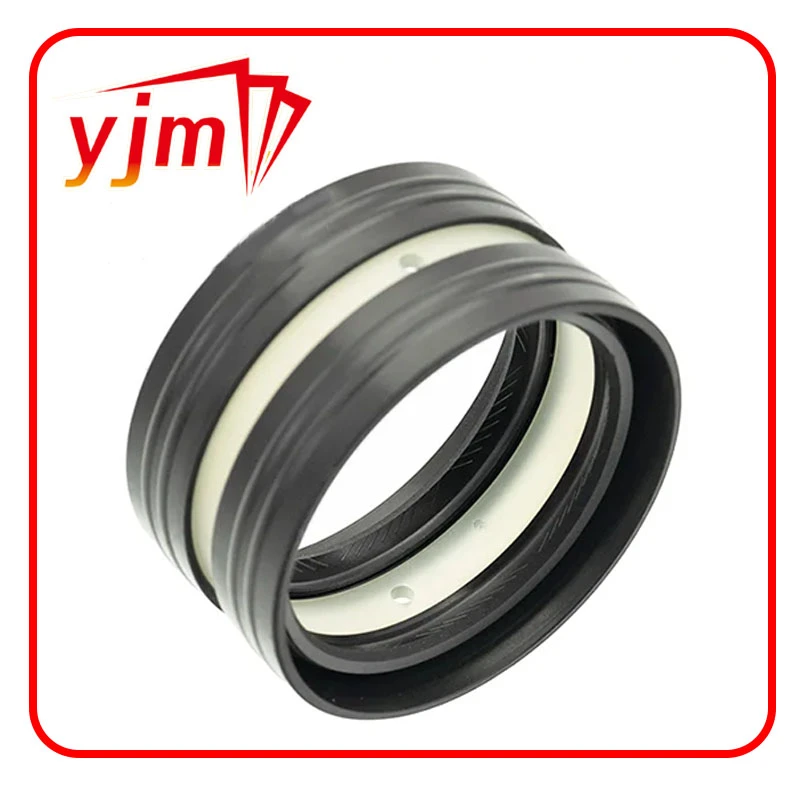Understanding Oil Filter Housing Gaskets: A Key to Preventing Engine Leaks
When it comes to maintaining a healthy and long-lasting engine, few components are as overlooked yet as crucial as gaskets—especially those associated with your vehicle’s oil system. Among these, the oil filter housing gasket and its variants play a vital role in sealing the engine's lubrication system. If damaged or worn out, they can lead to dangerous oil leaks, engine overheating, or even failure. In this article, we’ll break down the different types of gaskets—like the oil filter gasket, oil housing gasket, filter housing gasket, and oil cooler housing gasket—and explain their functions, symptoms of failure, and replacement tips.
What Are Oil Filter Housing Gaskets and Why Are They Important?
At its core, a gasket is a sealing material designed to prevent fluid leaks between two surfaces. In the engine, oil gaskets are responsible for keeping oil contained within the lubrication system. One of the most critical among these is the oil filter housing gasket which seals the connection between the oil filter housing and the engine block.
The oil filter housing typically contains the oil filter, and sometimes the oil cooler, depending on the engine design. The gasket between the housing and engine ensures oil flows only where it should. If this gasket wears out, it may allow oil to leak externally or internally, reducing oil pressure and potentially starving the engine of lubrication.
Other related gaskets include:
Oil filter gasket: This seals the oil filter itself to the housing or block.
Oil housing gasket: A general term that may refer to the gasket sealing the entire oil housing assembly.
Filter housing gasket: Similar to oil filter housing gasket; sometimes used interchangeably depending on manufacturer terminology.
Oil cooler housing gasket: Found in engines with oil coolers, this gasket seals the connection between the oil cooler and its housing or block.
Each of these gaskets plays a distinct role, and failure in any of them can compromise your engine’s performance.
Common Symptoms of a Failing Gasket
Understanding when a gasket might be failing is crucial to avoiding catastrophic engine damage. Here are the most common symptoms associated with a bad oil filter housing gasket or related seals:
- Visible Oil Leaks
The most obvious sign is an external oil leak near the oil filter or the engine block. These leaks often leave a puddle under the vehicle or create a burnt oil smell when leaking oil contacts hot engine parts.
- Low Oil Pressure or Oil Level
A leaking gasket can cause a slow drop in oil level. If enough oil escapes, you’ll notice the oil pressure warning light on your dashboard. Continuing to drive without enough oil can cause severe internal engine damage.
- Engine Overheating
In engines where the oil cooler is integrated with the oil filter housing, a failing oil cooler housing gasket may cause coolant and oil to mix. This can lead to cooling system inefficiency and engine overheating.
- Oil in the Coolant or Vice Versa
A deteriorated oil cooler housing gasket can result in cross-contamination between engine oil and coolant. You might notice milky oil or discolored coolant—both bad signs.
Replacing the Gasket: What You Need to Know
Replacing an oil filter housing gasket or any of its related gaskets is a moderately complex job, typically recommended for experienced DIYers or professional mechanics. However, knowing what’s involved can help you make informed decisions and avoid unnecessary costs.
Steps in Replacement:
Diagnosis: Verify that the leak is indeed coming from the gasket and not another component like the oil pan, valve cover, or oil pressure sensor.
Drain Oil and Coolant: Before removing the oil filter housing, you’ll need to drain engine oil. If the housing includes an oil cooler, drain the coolant as well.
Remove the Oil Filter Housing: This often requires removing adjacent components like intake manifolds or hoses for access.
Clean Surfaces: Once the housing is removed, all old gasket material and debris must be thoroughly cleaned from both the housing and the engine block.
Install New Gasket: Place the new oil filter gasket, oil cooler housing gasket, or filter housing gasket carefully to ensure a proper seal.
Reassemble and Refill Fluids: Reattach all components, and refill the oil and coolant to their correct levels.
The cost of a new gasket is relatively low—usually between $10 and $40. However, labor costs can range from $150 to $400 depending on the vehicle model and complexity of access. For engines with integrated oil coolers, it might be more expensive due to additional coolant lines and sensors.
While often small and inexpensive, gaskets like the oil filter housing gasket, oil filter gasket, oil housing gasket, filter housing gasket, and oil cooler housing gasket are fundamental to your engine’s integrity. Ignoring early signs of wear or leakage can result in oil starvation, overheating, or even total engine failure. Regular maintenance, careful inspection during oil changes, and timely replacement of worn gaskets can save you thousands in repair costs—and more importantly, keep your engine running smoothly for years to come.
-
Seal 12x20x5: Precision Radial Shaft Seals for Industrial Reliability
Aktualności Nov.24,2025
-
Seal 12x18x5: Essential Guide to Specifications, Applications & Vendors
Aktualności Nov.24,2025
-
Understanding Seal 12 20 5: Applications, Specifications & Industry Insights
Aktualności Nov.23,2025
-
Durable Oil Seal 85x110x12 – Reliable Sealing Solutions for Industry
Aktualności Nov.23,2025
-
Durable and Precise Oil Seal 75x95x10 for Efficient Machinery | YJM Seal
Aktualności Nov.22,2025
-
Durable Oil Seal 75x100x10 for Reliable Industrial Performance | YJM Seal
Aktualności Nov.22,2025
-
High-Quality Oil Seal 65x90x10 | Durable & Reliable Sealing Solutions
Aktualności Nov.22,2025
Kategorie produktów

